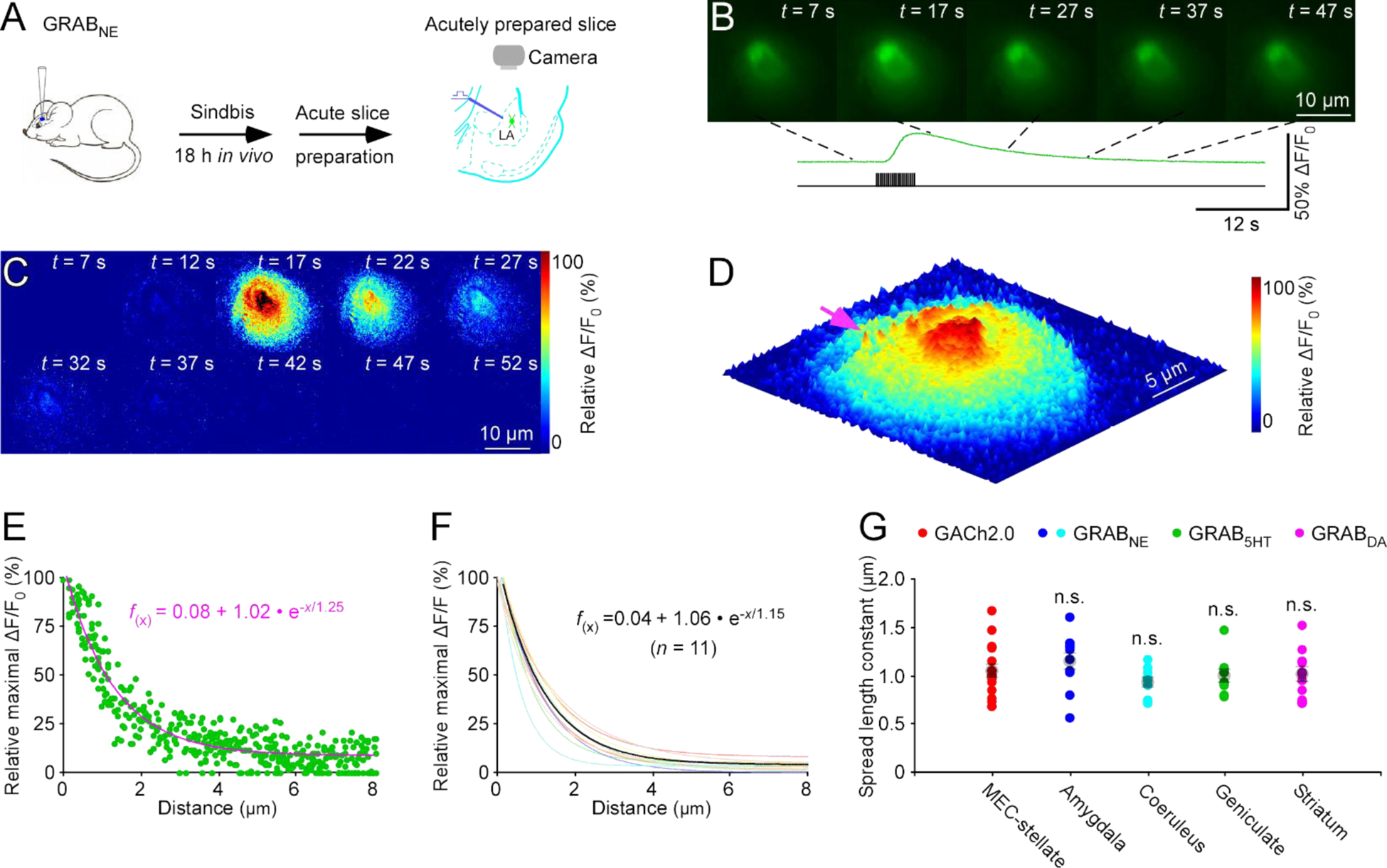Figure 4. GRABNEim spatiotemporally profiles adrenergic transmission at amygdalar neurons.

(A) Schematic drawing of the design of stimulation-imaging experiments in acute mouse amygdalar slices. LA: Lateral amygdala.
(B-D) Snapshots of fluorescence ΔF/F responses (B), heatmap displays of time-dependent spatial ΔF/F responses (C) and three-dimensional spatiotemporal ΔF/F profiling (D) of a GRABNE1m expressing amygdalar neuron to local electrical stimuli. Note one isolated release site indicated by pink arrow in D.
(E) Plot of relative maximal ΔF/F of each pixel against its distance to the pixel with largest maximum ΔF/F at the isolated release site indicated by pink arrow in D. Fitting the data points in this plot with a single exponential decay function (pink line) yields an estimated NE spread length constant of 1.25 μm.
(F) Summary plot of volume spread length constants obtained from putative single release sites and the average NE spread length constant of 1.15±0.09 μm for adrenergic transmission at amygdalar neurons (n = 11 from 5 neurons from 5 animals). Note the average single exponential decay function fitting curve in black.
(G) Values for monoaminergic transmitter spread length constants obtained with NE sensor at amygdalar neurons (U = 60.0, p = 0.175; see data in Fig 3E), and coerulear neurons (0.92±0.02 μm; n = 11 from 6 neurons from 6 animals; U = 113.0, p = 0.227), 5HT sensor at geniculate neurons (0.99±0.02 μm; n = 10 from 7 neurons from 3 animals; U = 88.0, p = 0.693), DA sensor at striatal neurons (1.00±0.07 μm; n = 11 from 6 neurons from 6 animals; U = 95.0, p = 0.748) compared to that obtained with GACh2.0 at entorhinal stellate neurons (Mann-Whitney Rank Sum tests; see data in Fig 1F).
